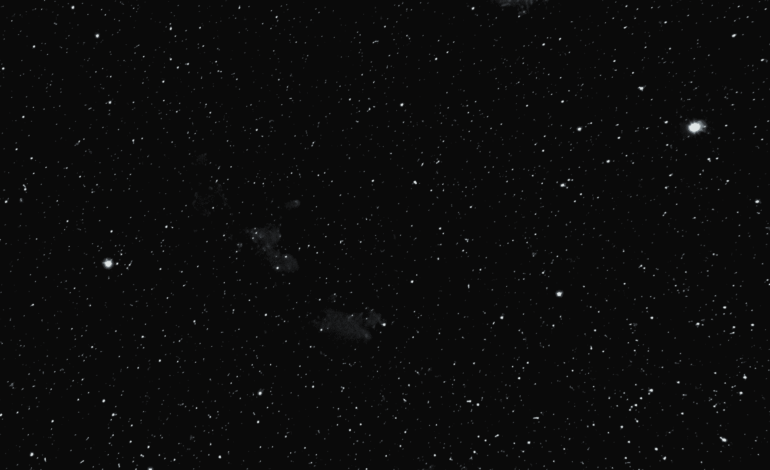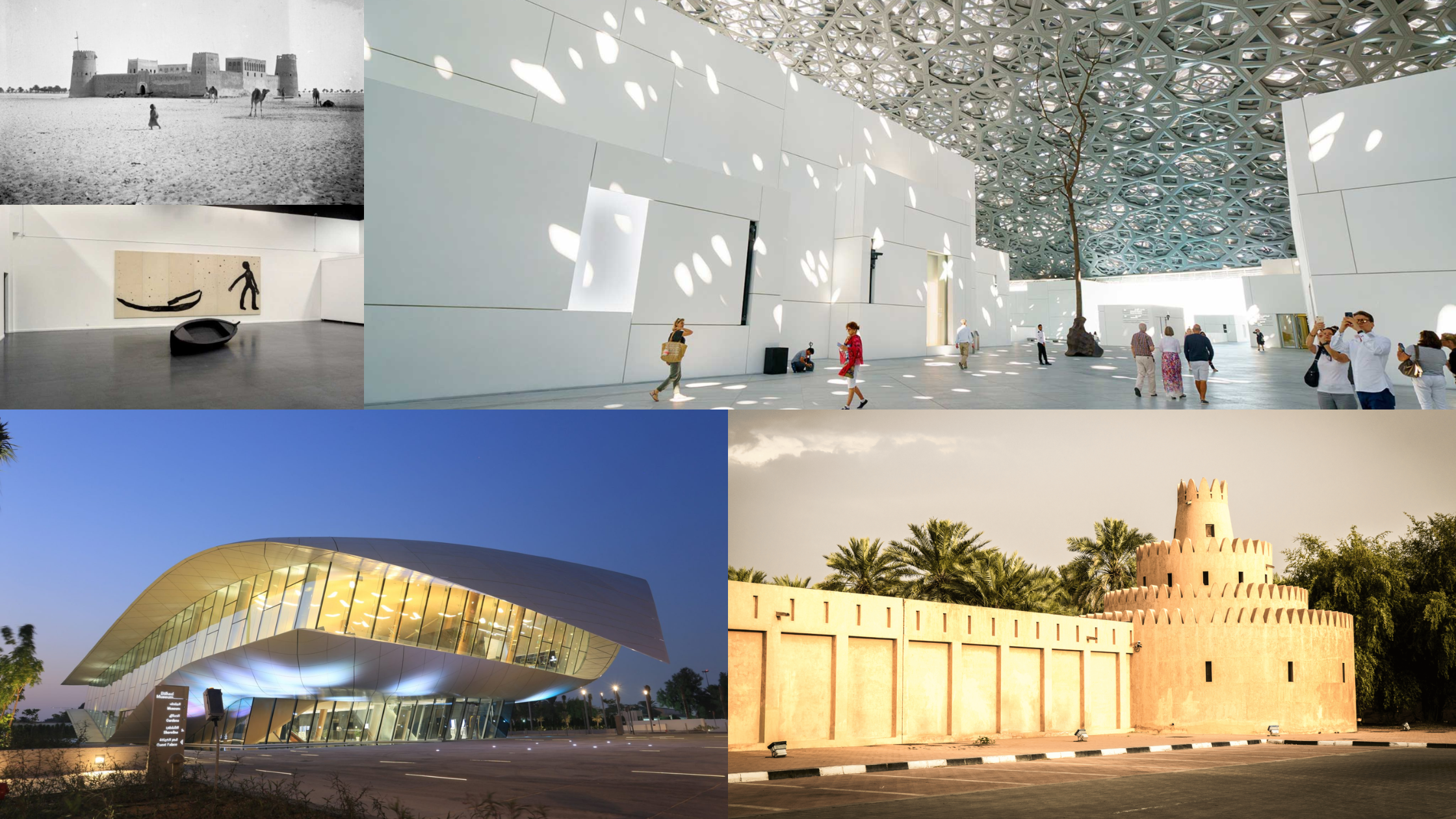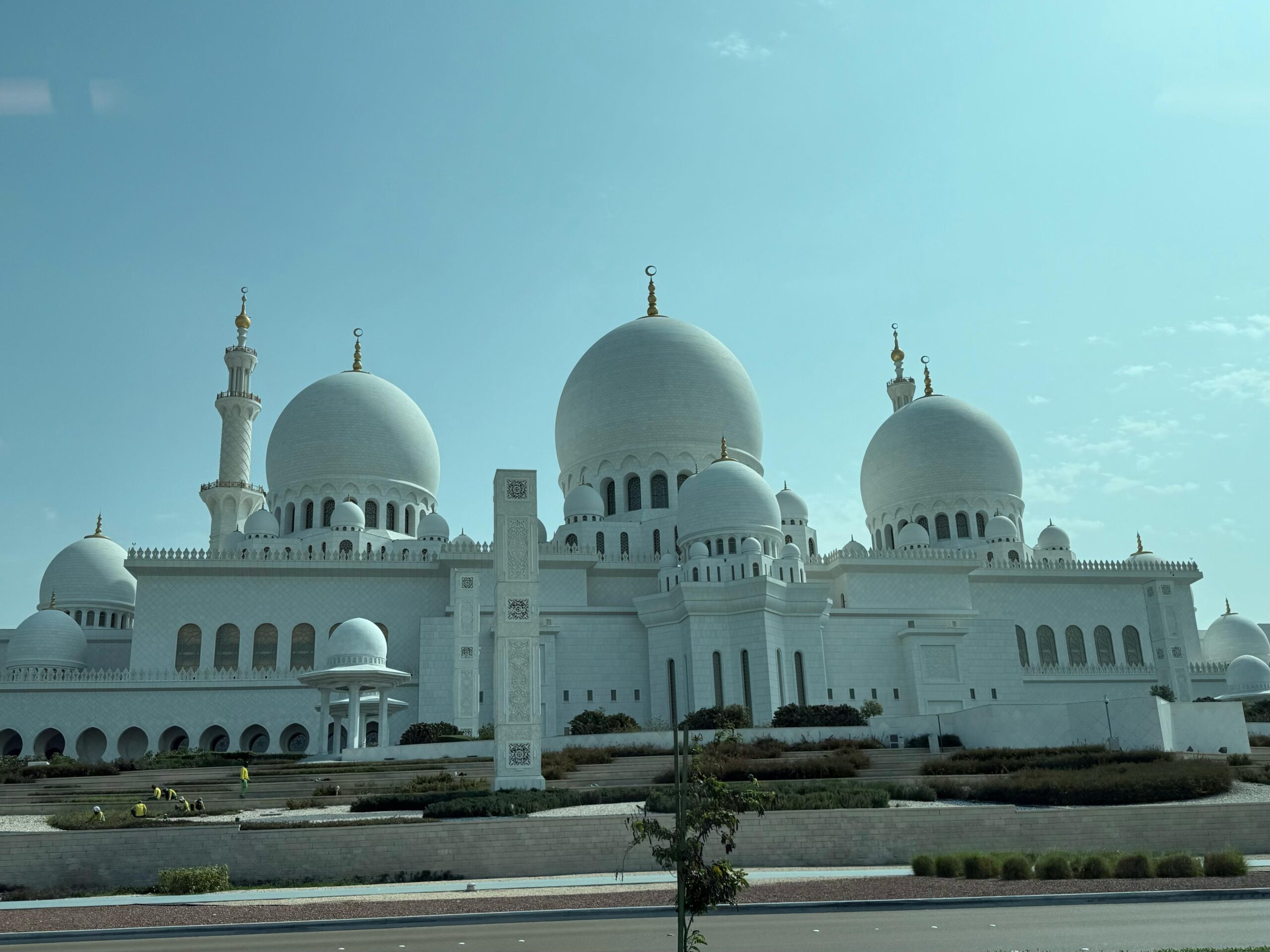UAE Astronomers Capture Rare New Comet in Historic First

In a groundbreaking scientific milestone, astronomers from the United Arab Emirates have made history by capturing the first Arab observations of a newly discovered comet, becoming a critical part of the international effort to confirm and study the celestial object. Tentatively labeled Comet SWAN25F, the object was observed on April 5 by the Al-Khatim Astronomical Observatory near Abu Dhabi, marking a proud and unprecedented achievement for astronomy in the Arab world.
The comet was discovered only days ago by international sky-watchers, but it was the UAE that became the first Arab country to respond to the discovery with scientifically recorded observations. The data collected by Emirati astronomers have already been submitted to the International Astronomical Union (IAU), where it now forms part of the official record. As of now, the UAE’s data remains the sole Arab contribution listed in the comet’s international observation database.
A Starry Milestone in Arab Astronomy
The importance of this moment is not merely symbolic—it is scientific, strategic, and deeply inspirational. The UAE’s early observation of Comet SWAN25F marks the first time an Arab country has contributed recorded data to the discovery process of a comet in its earliest phase of detection. Historically, comets have fascinated astronomers due to their unpredictable paths and ancient origins. For the UAE to step in at such a pivotal moment of scientific opportunity signals a rising new force in space science from the Middle East.
The comet is currently at a 12th magnitude brightness, meaning it cannot be seen with the naked eye and requires powerful telescopes to detect. Al-Khatim Observatory used high-sensitivity imaging equipment to capture the object’s faint light. The result was an image composed of eight one-minute exposures, stitched together to form an eight-minute long snapshot showing the comet as a sharp dot in space, while nearby stars appear as streaks due to the comet’s relative motion.
UAE’s Scientific Response to a Rapid Discovery
As is typical with new comet discoveries, the international scientific community must move quickly to gather enough data to verify its orbital path and long-term behavior. The UAE’s astronomers, working under the supervision of the International Astronomical Centre (IAC), acted swiftly to respond. Their prompt imaging and data submission helped fill a crucial observational gap.
“This is a significant contribution, both for the UAE and the broader scientific community,” said Dr. Mohamed Shawkat Odeh, Director of the IAC. “We are proud to be the first in the Arab region to contribute to the tracking of this newly discovered comet. Our observations will assist astronomers worldwide in calculating its orbit and understanding its trajectory.”
The object’s temporary name, SWAN25F, reflects the software tool or instrument involved in its discovery, and its formal name and orbital classification will only be assigned once enough observational data is collected. In that process, every early contribution—including that of the UAE—is vital.
Al-Khatim Observatory: A Desert Jewel of Astronomy
Located in the sands outside Abu Dhabi, the Al-Khatim Astronomical Observatory is a crown jewel in the UAE’s growing scientific landscape. Far from city lights and equipped with high-precision telescopic systems, the observatory offers ideal conditions for long-exposure astrophotography and deep-sky monitoring. It stands as a testament to the country’s determination to lead in advanced scientific research.
The site has previously contributed to meteor observations, satellite tracking, and planetary imaging. However, the successful observation of Comet SWAN25F represents its most high-profile contribution to date and showcases the UAE’s ability to keep pace with international institutions across Europe, Asia, and the Americas.
This achievement also complements the UAE’s growing reputation in space science, following the successful Emirates Mars Mission (Hope Probe), the UAE Astronaut Program, and upcoming lunar ambitions.
Rekindling the Arab World’s Celestial Legacy
The UAE’s modern advancements in space exploration are not emerging in isolation—they are rooted in a centuries-old tradition of Arab astronomical excellence. From Al-Battani’s star catalogues to Al-Tusi’s planetary models, Arab scholars once led the world in understanding the cosmos.
With the successful observation of Comet SWAN25F, the UAE revives this heritage and brings it into the 21st century. As the only Arab nation currently contributing to this comet’s observation log, the UAE reclaims its place in the lineage of sky-watching civilizations.
By leveraging new technologies while honoring the scientific curiosity of past generations, the Emirates offers a compelling fusion of tradition and innovation. The work done at Al-Khatim Observatory symbolizes more than just a photograph—it’s a statement that the Arab world is again a partner in the global scientific conversation.
Inspiring Emirati Youth and Regional Collaboration
The observation of Comet SWAN25F is expected to ignite further interest among young students, educators, and aspiring scientists across the country. UAE schools and universities have increasingly embraced STEM education, and with the release of this image, science clubs and astronomy groups have already begun discussing the comet’s potential and significance.
This event serves as a vivid educational moment—proof that science in the UAE is not theoretical, but real, active, and global. For students seeing their nation named in IAU records for the first time in connection with a comet discovery, the inspiration is palpable.
Dr. Odeh emphasized this idea, saying, “Let this achievement be a starting point for regional cooperation. We encourage fellow astronomers in neighboring countries to participate in observation programs. Together, we can elevate Arab science to the international stage.”
Looking Ahead: The UAE’s Expanding Celestial Ambitions
The comet’s long-term behavior remains to be seen. It may brighten or fade depending on its composition and distance from the Sun. However, regardless of what it does, the UAE’s observation will remain a permanent part of its story. The importance lies not just in the object observed, but in the act of observing itself—a practice that speaks to curiosity, discipline, and an enduring quest for knowledge.
Meanwhile, the UAE continues to invest in the future of space science. Plans are underway for new observatories, public science centers, and additional missions to the Moon and beyond. The National Space Fund and the UAE Space Agency are working together to ensure that young Emiratis have the tools and opportunities to build on these successes.
From space missions to satellites, the UAE is showing that it is not just catching up—it is breaking new ground. With each telescope pointed at the sky, a new chapter is written in the nation’s scientific journey.
The Desert That Watches the Stars
As Comet SWAN25F glides silently across the cosmos, it leaves behind more than a trail of gas and dust—it leaves behind a trail of discovery, one that now includes the UAE. In a region more often known for its sands than its stars, this small but significant moment reminds the world that scientific greatness can emerge from anywhere.
In the quiet darkness of the Al-Khatim desert, Emirati astronomers have made history. Their eyes fixed on the heavens, their instruments pointed toward the unknown, they have proven that curiosity and dedication know no borders. The image of Comet SWAN25F taken on April 5, 2025, is not just a scientific record—it is a symbol of what the UAE is becoming: a nation that looks to the stars not only in wonder, but in contribution.







